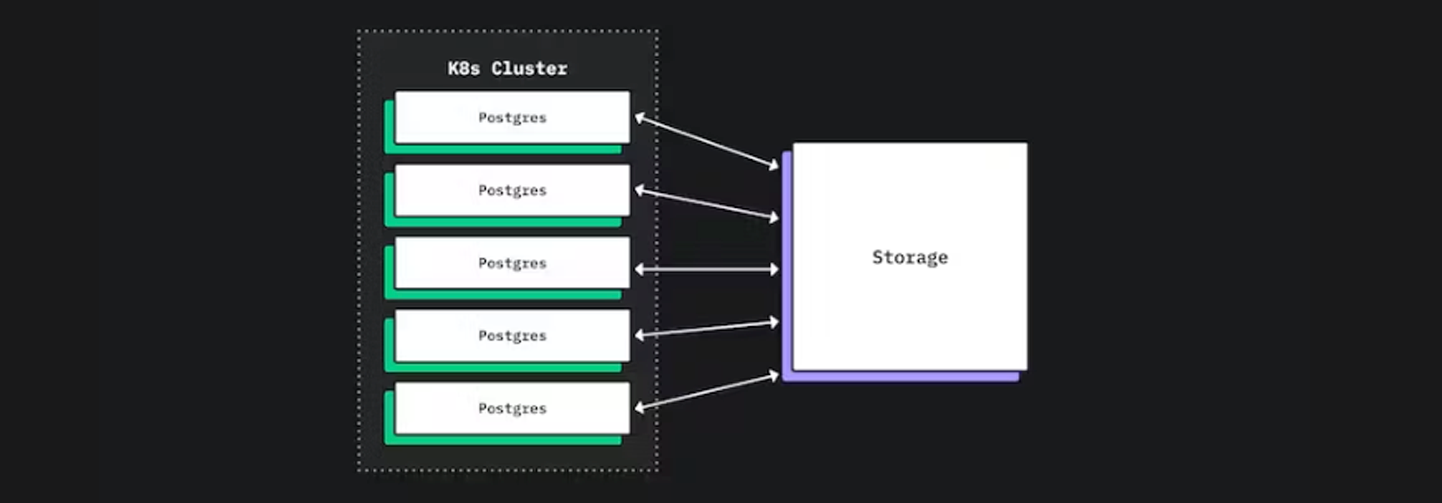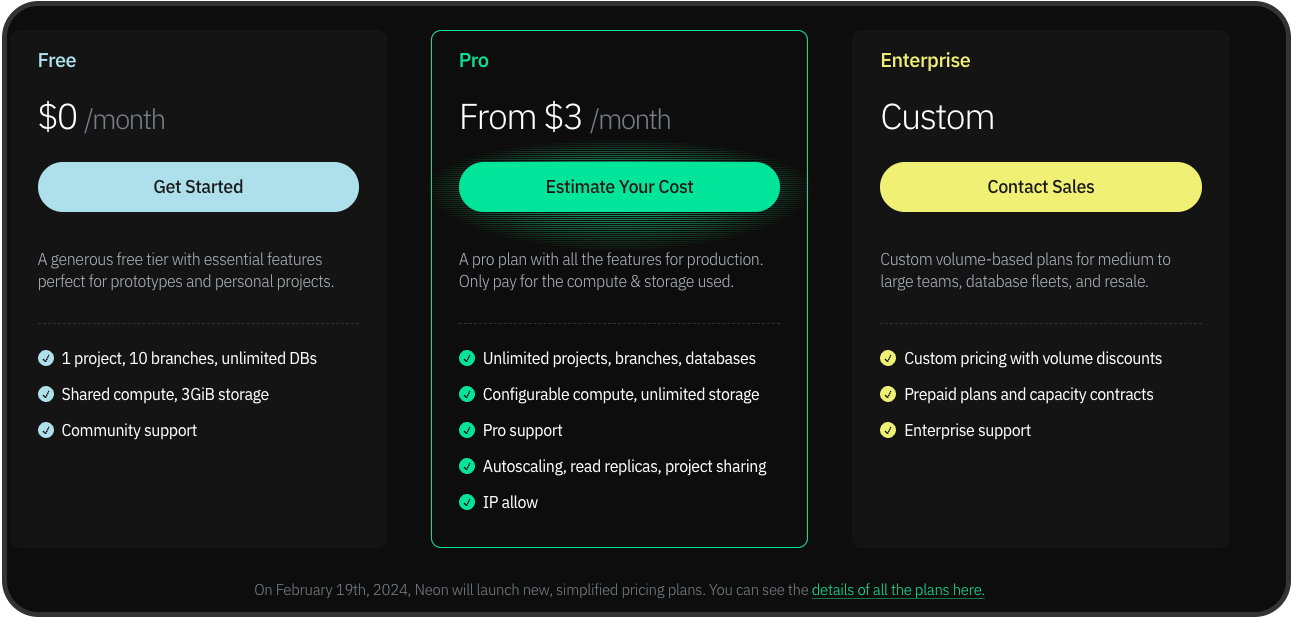- Published on
Serverless Database: Neon Postgres
- Authors

- Name
- Ali Sait Teke
- @alisaitteke

Creating platform infrastructures often revolves around the database, and PostgreSQL shines with its unique features among open-source options. The key lies in the software's architecture. No matter how hard DevOps teams work, poor architecture leads to the need for more servers. Thankfully, serverless architectures have simplified application server management, though databases haven't fully caught up yet.
Serverless technology is shaping up to be the future of infrastructure, offering significant cost reductions. However, relational databases haven't had a robust serverless solution until recently. Neon appears to be changing that.
Neon distinguishes itself from the likes of Amazon Aurora, Crunchy, and CitusDB by fundamentally changing how storage and compute resources are handled. By separating CPU and I/O operations, it offers the potential for limitless storage without duplicating data. This is a game-changer we're eager to see in action, promising to meet a critical demand in the tech landscape.
Auto-Scaling

Whether you use PostgreSQL on a cloud or your own Kubernetes cluster, scaling with zero downtime is quite challenging because the storage and compute mechanisms operate on the same platform. Neon's architecture successfully separates these two aspects, offering the possibility to scale quickly and with zero downtime.
Branching

Neon operates with a storage logic similar to Git branches. This means you can quickly create, delete, or restore Development or Test environments without affecting the main db. This also implies the ability to take backups or snapshots very quickly.
Pricing

If you use on Neon cloud, you can use it for free with unlimited dbs and 3GiB of storage. You can also build the project from its GitHub repository for unlimited and free use. If you want to try it on the cloud for a hassle-free experience, it offers very reasonable prices starting at $3 per month, which is competitive compared to its rivals and traditional servers.
Compared to other serverless Postgres providers like Amazon Aurora, Crunchy, CitusDB, and Bit.io, Neon distinguishes itself with its innovative approach to separating storage and compute, the branching feature, and its focus on scalability and flexibility. While other providers have their advantages, such as higher throughput, disaster recovery, and distributed database capabilities, Neon's approach is particularly suited for use cases requiring rapid scaling, development flexibility, and cost efficiency.
Go with Helm
helm repo add neondatabase https://neondatabase.github.io/helm-charts
Wrapping Up
I encountered some challenges while installing Neon on my own K8S cluster. Despite finding a few articles and guides online, I couldn't complete the setup without delving into the code. If you're facing similar hurdles, don't hesitate to reach out.